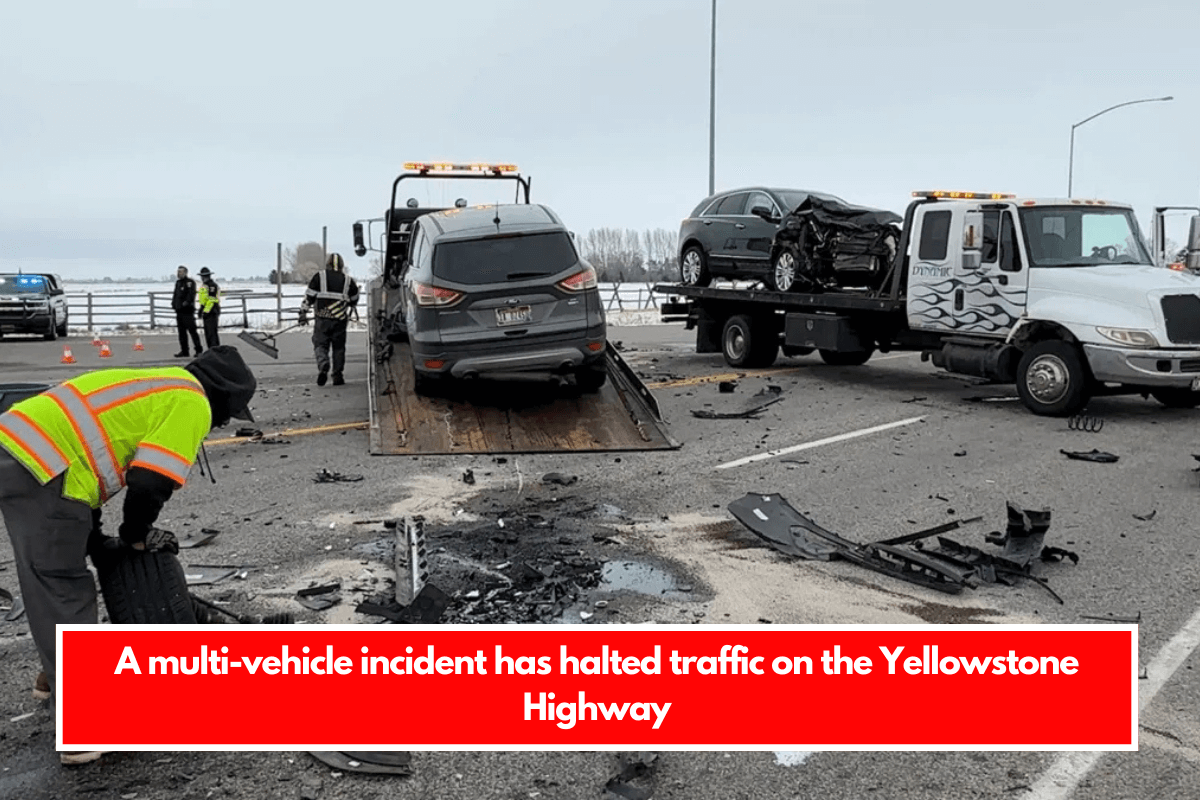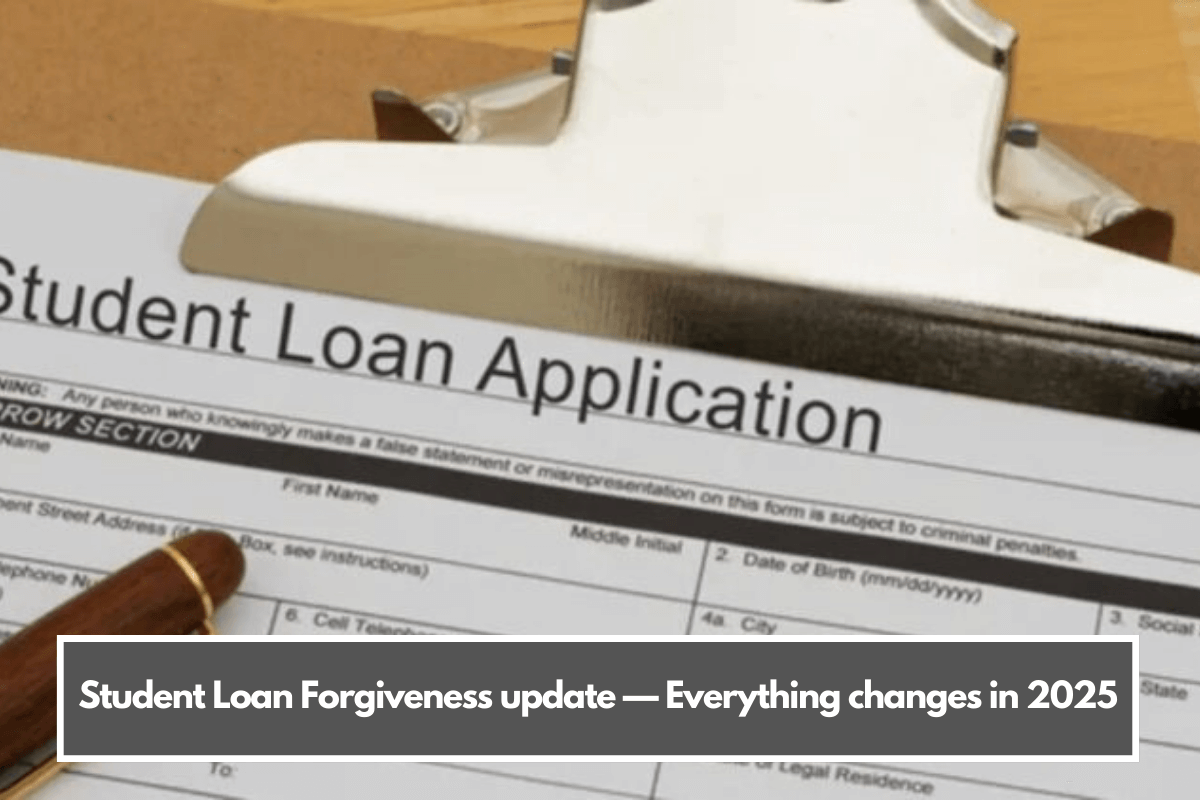State Farm canceled hundreds of homeowners insurance policies for people living in many of the same areas where the Southern California wildfires are currently raging.
According to Newsweek, the insurance company’s decision to cancel policies for people living in Pacific Palisades in Los Angeles County was motivated by increased concerns about the frequency and magnitude of wildfires in the state.
The decision was announced in March, with the claim that it would cancel 72,000 property policies in California, including 30,000 home insurance policies, according to the Los Angeles Times.
The cancellations went into effect during the summer. State Farm’s policy cancellations affected approximately 1,600 homes in Pacific Palisades.
According to Newsweek, the insurance company’s decision was deemed a necessary business strategy to avoid “financial failure” as a result of California state laws that prohibited companies from raising premiums to match the increased risk.
Other insurers followed State Farm’s lead, resulting in a significant homeowner insurance crisis in the state as residents’ options have been limited.
Denise Hardin, State Farm’s president and CEO, justified her company’s decision in a letter to California Insurance Commissioner Ricardo Lara, explaining the need to reduce the company’s “overall exposure.” She explained that the company had experienced “large underwriting losses.”
“As we discussed, SFG’s capital position has severely deteriorated, and we are increasingly concerned about its financial well-being,” says Hardin.
“Although there haven’t been significant wildfire losses for several years, windstorm catastrophes in early 2023 and increasing trends in non-catastrophe water losses and liability claims (especially commercial lines and personal umbrella policies), without the additional premium needed to support those cost increases, have generated large underwriting losses.”
She then elaborated on State Farm’s financial challenges in the state, citing other expenses such as “construction cost inflation,” and emphasizing that the company’s financial strength was significantly lower than in 2016.
“SFG has managed its policy growth by limiting writing in high-risk areas for many years, and more recently, by ending all new policy sales,” according to Hardin.
“However, SFG’s risk exposure has increased dramatically in recent years, with construction cost inflation being a major driver. Taken together, these trends have resulted in a surplus of less than 50 cents for every dollar of risk (measured by net written premium) we face today, reducing SFG’s financial strength to less than a quarter of what it was at the end of 2016.
She then explained that State Farm was hesitant to take such drastic measures. Still, she saw it as necessary for the company’s finances and hoped that doing so would help to mitigate the impact of such critical decisions made by the company.
“We must now take action to reduce our overall exposure to be more commensurate with the capital on hand to cover such exposure, as most insurers in California have already done,”
according to her. “We have been hesitant to take this step because we understand how difficult it will be for affected policyholders, as well as our independent contractor agents, who are small business owners and employers in their local California communities. Even with higher interest rates, rebuilding capital will take time. We are working to minimize the impact of the necessary actions.”
She concluded by expressing the need for reform while stating that she still desired a company that was considered empathetic and would be available to help and assist policyholders in need. She prioritized avoiding a “financial failure” for State Farm.
“The swift capital depletion of SFG is an alarm signaling the grave need for rapid and transformational action, including the critical need for rapid review and approval of currently pending and future rate filings,”
according to her. “We take our responsibility to be there for customers who are involved in a claim very seriously, and our actions are guided by that goal.
A financial failure at SFG will have a negative impact on the entire market, which we are all trying to avoid.”
Southern California’s wildfires are among the most costly and destructive in the country’s history. As of Wednesday, multiple reports put the current cost of damage and subsequent economic losses from the fires at $52 billion to $57 billion.





















